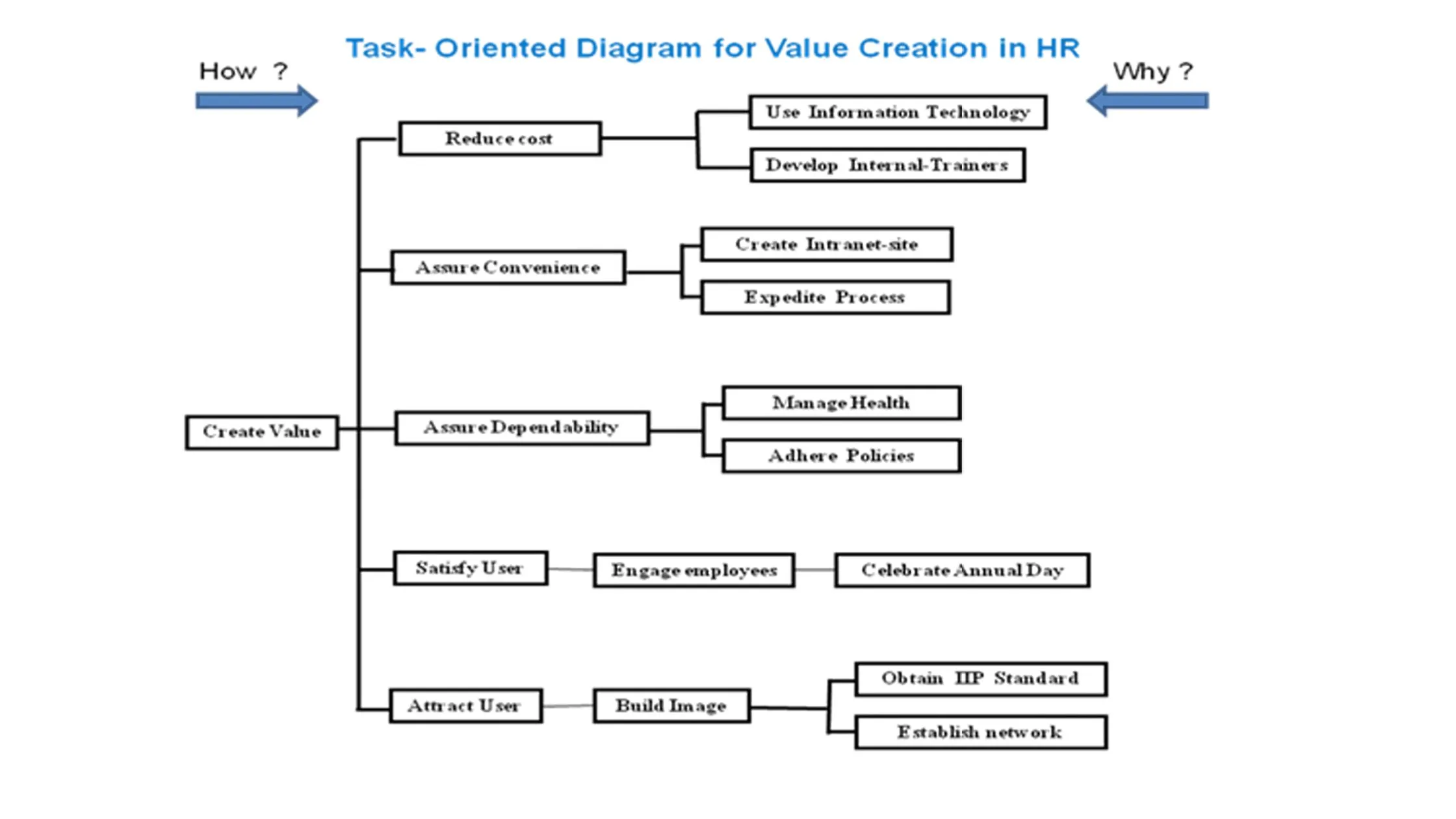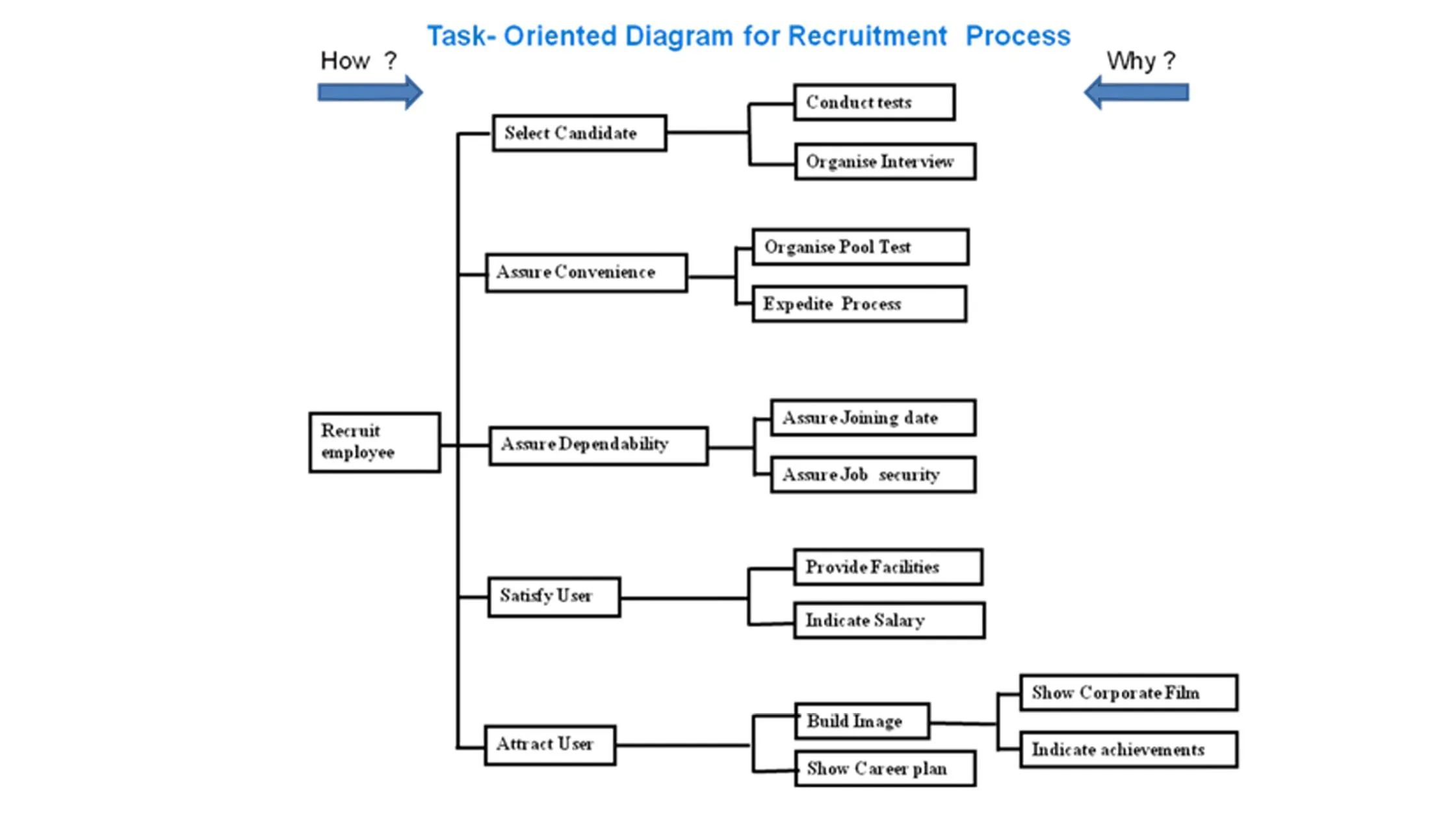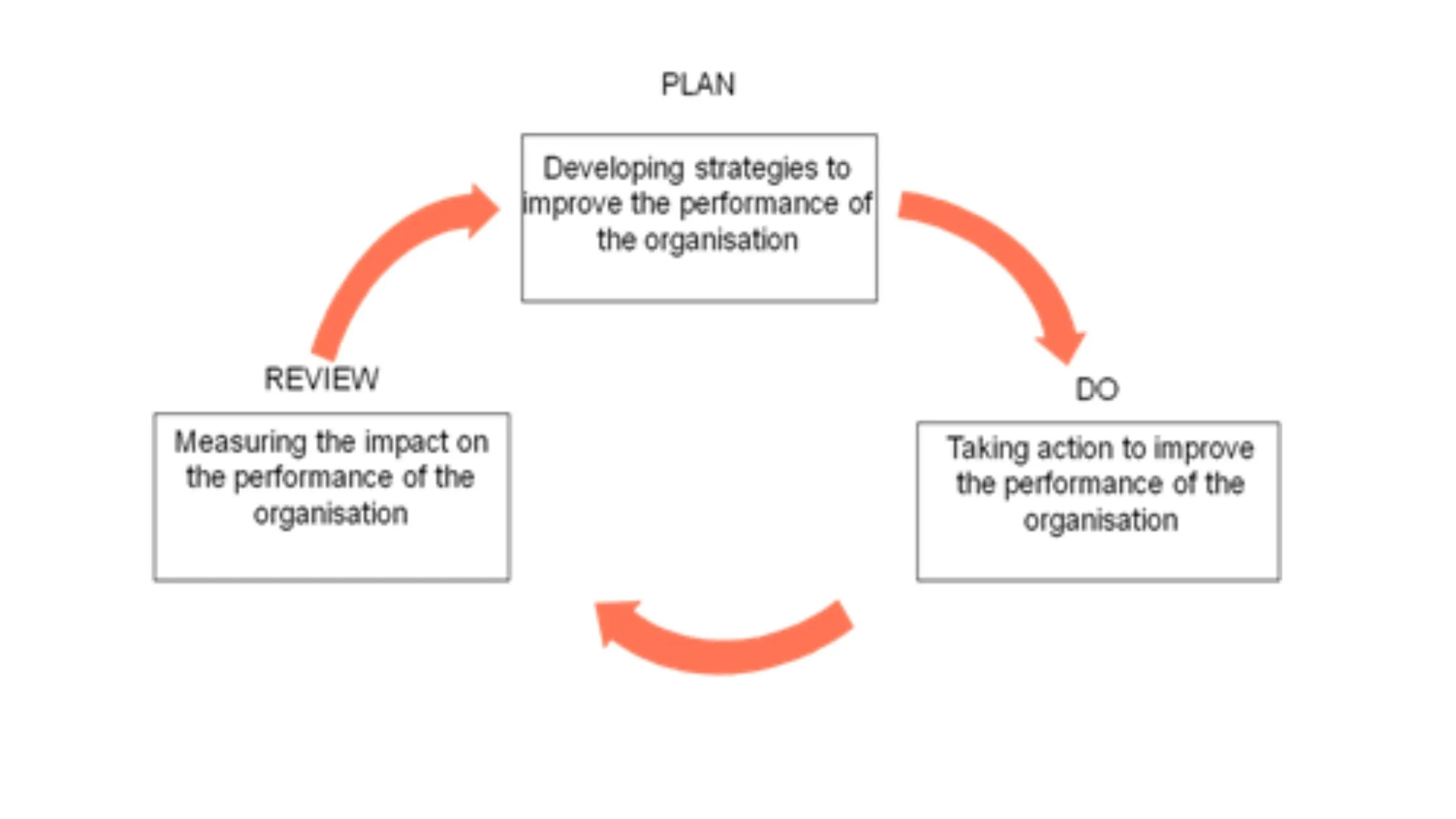- About Author:
| Mr. Md Yousef Alsulaiman is a VMA and pursuing CVS qualification. He is Project Manager with over 18 years of extensive experience in leading complex airport projects for prestigious organizations, including Dammam Airports Company and the General Authority of Civil Aviation in KSA. His proven track record includes the successful management of a portfolio of multi-million SAR projects, guiding them from initial conception to flawless execution, consistently meeting deadlines, adhering to budgets, and surpassing rigorous quality standards. He has certifications in project management, engineering, sustainability and many other relevant areas. |
Abstract:
If one can think of creating value in any discipline of a business organization it is possible through Value Methodology. The paper is an attempt to showcase that how Value Creation can be done in HR function. Value Methodology can effectively improve any business process, if we keep the basic equation of value in mind i.e. Value = Function/Cost. All business processes incur cost in terms of manpower, material, machines and infrastructure etc. Human resource development is the deciding factor for success or failure of any organization.
Value creation in HR through Value Methodology can lead to,
- Increased staff morale and productivity
- Improved communication
- An improved focus on staff training and development requirements
- A better company image and
- Increased employee retention
- Higher customer satisfaction
- Greater competitiveness
- Increased profitability
Introduction:
There is a company which has seven Growth centers. Human resource development is managed by Central Management (CCM) department. CCM is responsible for various activities like setting up HR policies, Recruitment, Training, Employee Relations (ER), Health, Safety, Brand building with Professional & Educational bodies and society around.
Following VM Job Plan was followed for above analysis:
1.0 Information Phase:
Mission of CCM:
CCM shall strive to build world class infrastructural facilities for Centers of Manufacturing Excellence of the Operating Divisions, compliant to statutory, environmental & safety standards, to increase company’s competitive advantage.
CCM shall achieve this by handholding the Operating Divisions in pursuing an ecologically sustainable business growth with the help of an empowered team through a culture of trust, good conduct and continuous learning and by networking with Government, Industries & Professional Institutions, while meeting expectations of the society.
The HR process in the company consists of following activities:
- Setting up HR/ER policies and coordination for implementation.
- Campus selection /Recruitment
- Induction
- Training
- Improvement initiatives at workplace
- Industrial safety
- Brand building exercise-Professional bodies /Educational institutions
- Transport
- Canteen
- Health
VM team:
A team was set up for Value Creation in HR through Value Methodology.
2.0 Function Phase:
The HR process was studied and Task Oriented FAST diagram was drawn as indicated in Fig: 1

The manpower recruitment process was studied and Task Oriented FAST diagram was drawn as indicated in fig.2

3.0 Creative Phase:
Many ideas were identified by the team for value creation in HR process like
3.1 Reduce recruitment & training cost by making use Information Technology (IT).
3.2 Enhance Employees Engagement:
- Develop intranet site for Coimbatore location & provide proper gadgets (touch screen Kiosk) for the employees, who do not have access to computers for information sharing.
- Create mixed group of employees from all units while forming teams with regard to sports and other employee engagement activities
- Encourage employee participation for management of Food court, Fitness centre, Landscaping, sports, and annual day celebration.
3.3 Build Company Image to increase employee retention by,
Obtaining Investors in People (IIP) standard, internationally recognised quality standard for the development of businesses and organisations through good workforce development practice.
The IIP Standard has three principles and 10 indicators,
The three principles of IIP are (ref Fig: 3)

Principle1: Developing strategies to improve the performance of the organisation
– An Investor in People develops effective strategies to improve the performance of the organisation through its people
Indicators (1 to 4):
1 A strategy for improving the performance of the organisation is clearly defined and understood
2 Learning and development is planned to achieve the organisation’s objectives
3 People management strategies are designed to maximise everyone’s performance and potential
4 Capabilities required of managers to lead, manage and develop people effectively are clearly defined and
understood.
Principle 2 : Taking action to improve the performance of the organisation
– An Investor in People take effective action to improve the performance of the organisation through its people
Indicators (5 to 8):
5 Managers are effective in leading, managing and developing people
6 People are encouraged to take ownership and responsibility by being involved in decision making
7 People learn and develop effectively
8 People’s contribution to the organisation is recognised, valued and respected
Principle: 3 Measuring the impact on the performance of the organisation
– An Investor in People can demonstrate the impact of its investment in people on the performance of the organisation
Indicators (9 & 10):
9 Investment in people improves the performance of the organisation
10 Improvements are continually made to the way people are managed and developed
3.4 Build company image by networking with professional & educational institutes.
4.0 Evaluation Phase:
Considering the feasibility of implementation of the ideas based on time available, ideas were categorized into short tem and long term. Following short term ideas were taken up for further development and remaining ideas were kept in reserve for long term.
Short Term Ideas:
- VE in recruitment process
- VE to reduce training cost
- VE in employee engagement activities
5.0 Development Phase:
5.1 VM in recruitment process
By analyzing the FAST diagram (Fig: 2) the team felt that there is large scope for applying VM technique in two functions of recruitment process i.e. Expedite Process and Build Image, which were taken up for further study.
5.1.1 Expedite Recruitment Process
As a part of campus recruitment process the students are undergoing two written tests namely IQ test and mechanical comprehension test. Today the answer sheet is given to the candidates and they are supposed to select the correct answer from the question set and put a cross on the answers. The answer sheet is manually checked by placing the transparency with the right answers and manually counting.
In order to expedite process of recruitment it is proposed to on-line entry of answers based on the question booklet given to the students. Software needs to be developed which will match the answers selected by the candidates from the key available in the computer program and declare the results immediately after the test is over. This can drastically save time of declaring the result.
5.1.2 Build Image to help employee retention
- Educational Institutes:
As a part of brand building exercise, the team felt to encourage knowledgeable company employees to go to educational institutes to improve student skills on current business excellence practices like VM. By having Industry-Institutes joint collaborative approach many VM projects can be initiated at company with involvement of students. This will benefit the students to get familiarize with the techniques and the company. They will whole-heartedly embrace this technique when they join the industries.
- Professional bodies:
Today, the need is to become cost competitive and VM is very effective tool for cost competitiveness. It was felt by the team that SAVE should have collaborative approach with the various VM societies of the respective countries.
5.2 VM to reduce training cost:
The idea of reducing training cost was further explored by having concept of introducing Training Menu Card and internal trainers. There is a pool of internal trainers available in the organizations who are expert on many subjects of common nature. A survey was carried out and the team could get 30 training topics of common interest which can be conducted by internal trainers. This will also save cost of hiring external trainers.
Training Menu Card concept helps in getting the nominations in advance before preparing the training calendar. The training menu card can be sent by webmail to all employees who can select the programs of their interest and inform CCM for organizing the program me so that time of internal faculty can be effectively utilized.
It was proposed that for some common programs which are to be conducted by external trainers, CCM can consolidate the training needs indicated by the employees in their annual performance development and organize the programs in common and convenient place, instead of various employees travelling outside. This will also reduce the training and travelling cost drastically.
5.3 VM in employee engagement activities:
It was decided to form following committees for employee engagement:
5.3.1 Web committee to develop intranet site for Coimbatore
5.3.2 Canteen and transport committee
5.3.3 Working on Wellness (WOW) committee for health management of employees
6.0 Implementation stage:
Following activities are implemented.
6.1 Training menu card created- programs on ‘VM awareness’ and ‘Six Thinking Hats’ are conducted by Internal trainers.
6.2 List of internal trainers is ready.
6.3 Common interest programs like proficiency in English language through external trainer is being organized at Coimbatore.
6.4 Web committee meetings already started to finalise the content of the Coimbatore-Intranet site.
6.5 Software for capturing various health parameters data like blood group, blood pressure, sugar level, cholesterol etc is developed. Employees have themselves filled up the data on-line under WOW initiative.
6.6 Body Mass Index (BMI) = Weight (kg)/Square of Height (Meters) measurement started and feedback on risk levels are provided to each employee. Nutritive lunch was given for a week for the employees of age 40 and above. The menu was decided by corporate dietician.
6.7 Annual day celebration committee formed.
7.0 Benefits:
7.1 Internal trainers and centrally organizing training program will reduce the cost of training.
7.2 Intranet site will be very much useful for induction training of new employees as well information sharing among existing employees and soon, they will become part of company family.
7.3 Brand building initiative will help to attract and retain employees.
7.4 Health management initiative like WOW will enhance caring culture of the organization.
7.5 Involvement of employees for annual day celebration will bring emotional bonding among employees which will in turn help for retaining employees.
8.0 Conclusion:
Every organization has its own distinctive approach towards employee development. While implementing Value Methodology (VM) initiative, there should be a commitment to involve employees and to create environment conducive to VM. Value Methodology may be the outcome of techno-managerial practices, but eventually it is the result of a mindset. Basic to this approach is the conviction that there is no limit for improvement. Even the best can be improved. The crucial ingredient is the preparedness of the human mind to change.
Therefore, operators, managers, policy makers and others should be ready to continuously and collectively work for improvements, not only in every economic activity, but also in every human endeavor for the development of the organization, the society as well as the country. Needless to mention, as we graduate further into knowledge era, traditional methods and principles will become increasingly ineffective. We will have to innovatively augment productivity both, at micro as well as macro level, to achieve global competitive edge. “Value Creation in Human Resource Development through VM” is very important for sustaining growth of any organization.

